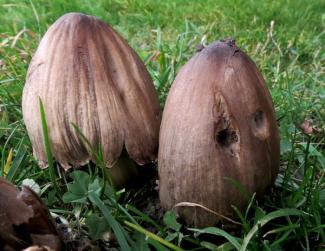We are returning to these Cumbria Wildlife Reserves site a month earlier than our visit last summer. We have timed this visit for a chance to see large heath butterfly and the rare white faced darter at Foulshaw Moss, itself the uncommon habitat of lowland raised bog. We can expect the Ospreys to be in the vicinity (though this has been written before they return from Africa so no guarantees) but the chicks will not have fledged. The short walk around Foulshaw is on level board walk.
We will make a short journey to Latterbarrow. This reserve is a mix of grassland, woodland and scrub. The walk around the site is short, less than a mile, but slightly uphill and uneven. Both sites are open to the elements; it is hard to forget the temperatures we experienced last year, but equally we could be exposed to wind and rain. Come prepared. There are ticks present at Foulshaw Moss so you are advised to wear long trousers.
Due to the distance we are travelling expect a relatively late return to Bradford. We are not stopping for a meal so bring extra provisions, though we might decide to stop for a drink before our return journey if conditions dictate.
Leaders: Julia Pearson and John Gavaghan.
Minibus transport; depart Unitarian Church 9.30am. Cost £ 11

